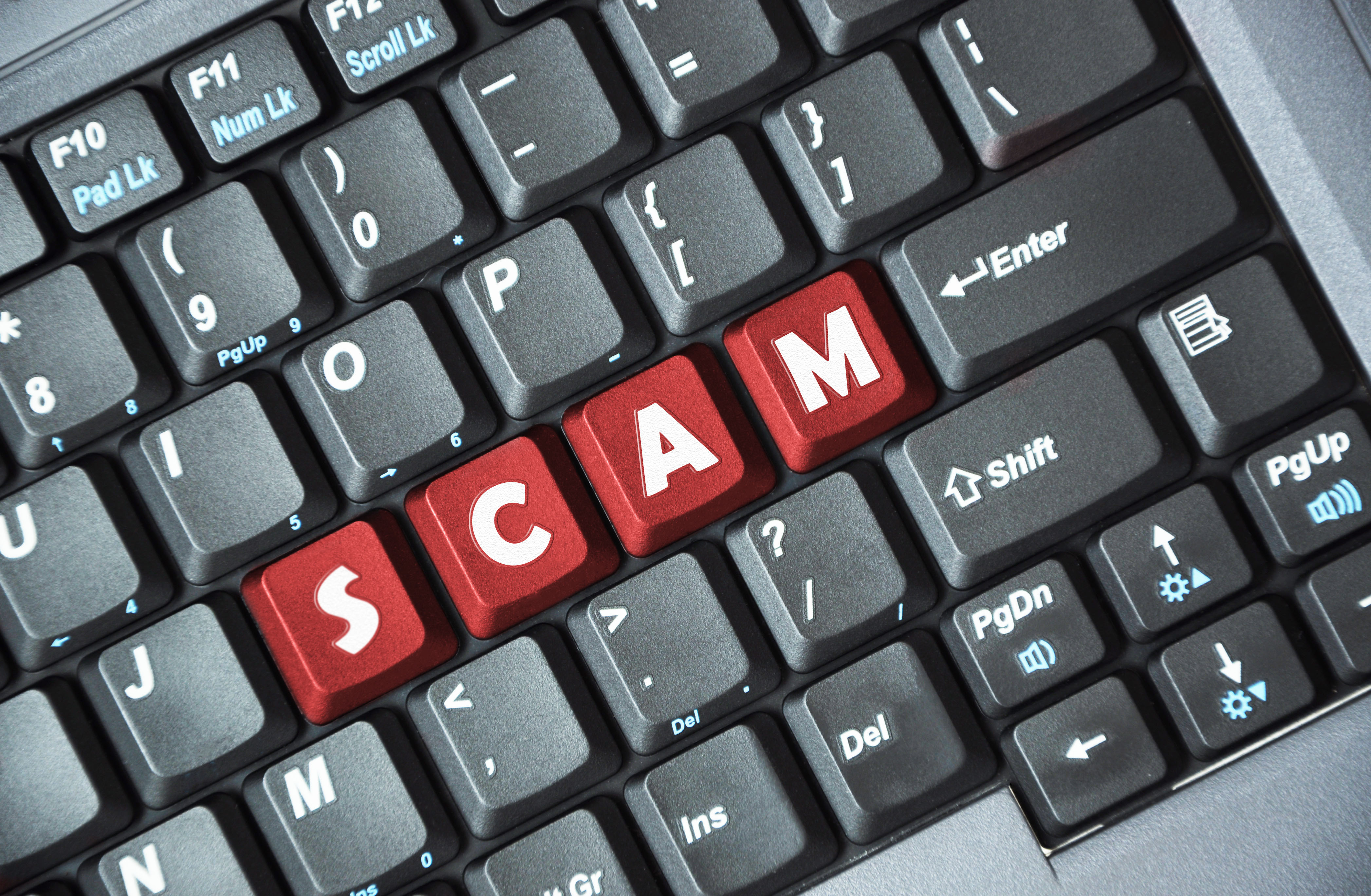Brand Impersonation Scams in Middle East & Africa See Massive Growth

The number of detected fake and scam websites pertaining to be reputable brands from the Middle East and Africa increased by 135% last year.
Defined as the number of instances in which a brand’s image and logo were appropriated, the research by Group-IB discovered an increase by 162% of brand impersonation scam detections overall in the region. As opposed to phishing, which results in the theft of personal information in a way that might not be known by the victim, the “scams” category refers to any attempt by a cybercriminal to deceive a victim into voluntarily handing over money or sensitive information.
Sharef Hlal, head of Group-IB’s Digital Risk Protection Analytics Team, says that the Middle East and Africa’s scam uptick was lower than in the Asia-Pacific region, where this figure was up 211% in 2022.
Where the Scams Live
It was determined that scammers are using a vast amount of domains and social media accounts to not only reach a greater number of potential victims but also evade counteraction. In particular, the scam-as-a-service affiliate program known as Classiscam has seen notable growth. To date, Group-IB has identified 1,366 Classiscam groups, and found them emulating 251 brands from 79 countries. Group-IB estimates that the financial damage from this scam scheme alone is at least $64 million.
Also, there has been a rapid uptick in the number of scam resources hosted on the .tk domain, the firm found. The .tk domain, which doesn’t charge to register websites, is for Tokelau, a territory of New Zealand. It accounts for 38.8% of all scam resources examined by Group-IB in the second half of 2022.
Hlal says the bulk of the activity consists of fake websites that are then linked to on social media. “Scammers can create a large amount of fake accounts that can publish sponsored posts to raise potential reach,” he notes.
Group-IB found that 92% of scams that impersonated MEA companies leveraged social media, up from 80% in 2021.
Which Verticals Are Affected?
In total, Group-IB detected 304% more scam resources globally that utilized the name and likeness of legitimate brands in 2022 compared with the preceding year. Brands from across the entire Middle East and Africa region were the targets of scammers, with finance, telecommunications and logistics the three most targeted sectors, along with oil and gas.
“The financial sector was the most targeted industry, as 74.2% of intellectual property violations, such as the illegal use of trademarks, misrepresentation of brand partnerships, scam advertising, fake social media and messenger accounts, and fake brand applications targeted companies from this vertical,” Hlal says.
Group-IB’s “2022 Global State of Scams Report,” published by the Global Anti Scam Alliance and ScamAdviser in collaboration with Group-IB, previously revealed that in total, scams caused more than $55 billion in damages last year globally.
Read More HERE
